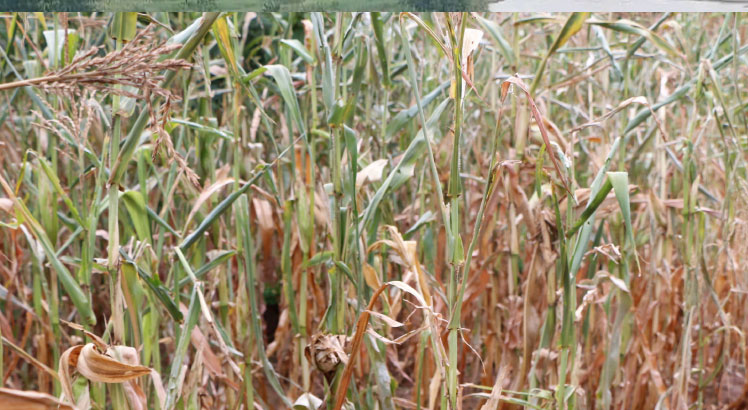Informal maize exports rising
Informal maize exports are on the rise triggered by high demand and prices of the staple grain in neighbouring countries, the Famine Early Warning Systems Network (FewsNet) has said.
The increase in exports, according to FewsNet Malawi Food Security Outlook report covering February 2022 to January 2023, is exerting pressure on the country’s maize prices.
Reads the report: “The higher than normal informal exports are driven by higher maize prices in Tanzania, supplying East African neighbours such as Kenya, which is affected by a severe drought that has diminished its own production and increased demand for imports.
“While this may have a minimal impact on overall national maize supplies, increased informal maize exports are exerting upward pressure on maize prices, especially in Northern Region.”

The report also attributes the development to a weaker kwacha, which was devalued by 25 percent in May last year.
“Other than this, the high prices are also being driven by higher prices across the border in Tanzania where most informal maize exports are taking place through Karonga and Chitipa districts,” reads the report.
Speaking in an interview on Sunday, Grain Traders Association of Malawi president Grace Mijiga Mhango said the supply and demand forces largely fuelled by the low production of the commodity and devaluation of the kwacha in May last year, are some key factors triggering a rise in prices as well as informal exports.
She said: “The weak kwacha has indeed created room for traders from Tanzania and neighbouring countries to opt for Malawian maize which has become cheaper, in the process creating pressure on the local market.
“People are, therefore, scrambling for the few that are on the market, driving up prices.”
Meanwhile, FewsNet says most households face constrained access to food purchases in markets due to high prices exacerbated by limited income access.
“While the impact on household access to food will be relatively lower during the harvest period, high staple food prices will continue to suppress household purchasing power, particularly among poor households who are typically more market-dependent,” reads the report.
As part of food component, maize acounts for about 53.7 percent of the Consumer Price Index, an aggregate basket of consumer goods and services for measuring inflation.
Maize prices have remained elevated with the current prices hovering around K38 000 for a 50 kilogramme bag, which is above the previous year and the five-year average for the post-harvest period.
Ministry of Agriculture preliminary crop production estimates showed projected 360 000 metric tonnes maize surplus this season. n





